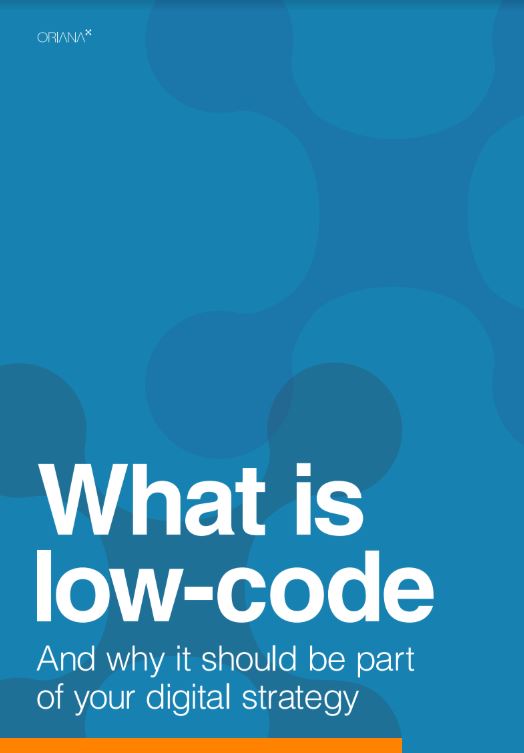What is reactive programming?
A look at the tools helping to build those apps reliant on asynchronous data streams


Matching the data to the correct part of an application can be a nightmare for many developers. Timing is everything: if selected flows of data aren’t added at the appropriate time, it’s over, or at least until the app is fixed - perspective is everything. That is why reactive programming is the solution to overcome these stressful challenges.
If you’re looking for a technique that not only improves user experience but also creates applications that are able to deal with asynchronous data streams, making the application seem more responsive, reactive programming might be ideal for you.
Anything can be seen as streams of data: calls, messages, events, and even failures. With reactive programming, an application will view these streams and respond accordingly by using its means to create, transform, filter, and connect any of the selected streams.
The reactive application’s code can generate data streams of whatever you need, using anything from messages and notifications, to HTTP requests and cache events, as well as clicks, changes to variables, and sensor measures. In that way, the application becomes intrinsically asynchronous.
Thanks to reactive programming, programmers can make almost anything into a data stream, thus being able to control it in an asynchronous way. What is more, reactive programming simplifies the process of dealing with errors and improves codes to be easier to read, write, support, and adjust.
The four principles of reactive programming
There are four principles to adhere to when creating reactive applications.
The first principle is to create a responsive application which will react swiftly to all users.
Get the ITPro daily newsletter
Sign up today and you will receive a free copy of our Future Focus 2025 report - the leading guidance on AI, cybersecurity and other IT challenges as per 700+ senior executives
Secondly, the app should be resilient. This means it should apply suitable design and architecture principles in order to ensure responsiveness in all conditions.
The third principle entails that the app should be scalable. This can be interpreted as being easy to upgrade on-demand, therefore guaranteeing a level of responsiveness under numerous load conditions.
The last, fourth principle is that message-driven architecture is the foundation of a scalable, resilient, and responsive system. A message-driven application may be event-driven, actor-based, or both.
RELATED RESOURCE

Your comprehensive guide to low-code
The missing component of your digital strategy - for developers and CIOs alike
Reactive Extensions
Reactive programming as a concept has been around for over two decades but didn't take off until the introduction of Reactive Extensions. Reactive Extensions (also known as ReactiveX) are APIs or asynchronous programming with observable streams. This is how reactive programming works.
ReactiveX has two classes; observable and observer classes. An observable class is the data source of streams or events and an observer class is the one that uses (or reacts to) the produced elements.
An observable can have multiple observers so each data item produced will be received by each observer. In ReactiveX an observer subscribes to an observable. An observable then produces streams of data which an observer listens and reacts to. This sets off a series of operations on a data stream.
A subject is an observable extension that also implements an observer interface. This means that subjects can act as both observers and observables.
We can also apply operators to a stream. These define how and when the observables should produce streams. Most operators execute functions on an observable and return an observable.
Rene Millman is a freelance writer and broadcaster who covers cybersecurity, AI, IoT, and the cloud. He also works as a contributing analyst at GigaOm and has previously worked as an analyst for Gartner covering the infrastructure market. He has made numerous television appearances to give his views and expertise on technology trends and companies that affect and shape our lives. You can follow Rene Millman on Twitter.
-
 The UK government wants quantum technology out of the lab and in the hands of enterprises
The UK government wants quantum technology out of the lab and in the hands of enterprisesNews The UK government has unveiled plans to invest £121 million in quantum computing projects in an effort to drive real-world applications and adoption rates.
By Emma Woollacott Published
-
 Netgear WBE710 review
Netgear WBE710 reviewReviews The compact WBE710 delivers great cloud management features and a good turn of Wi-Fi 7 speed – but it does have a premium price tag
By Dave Mitchell Published